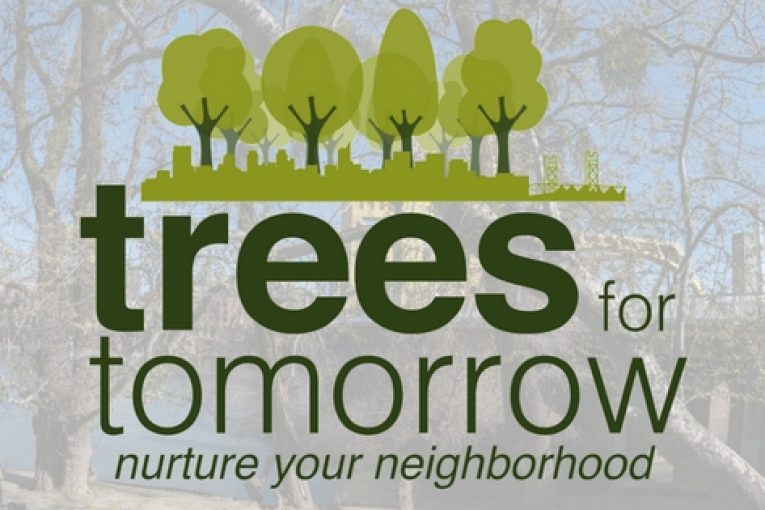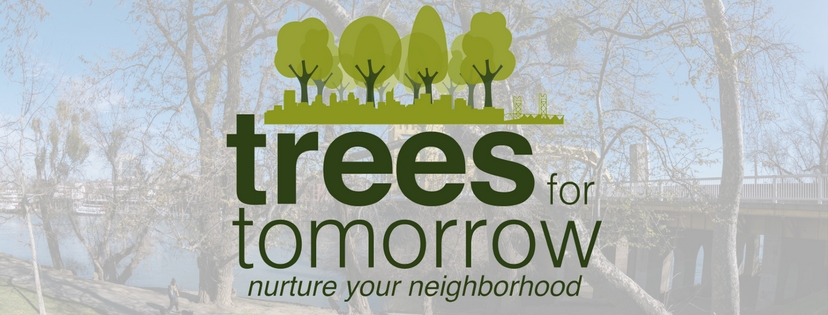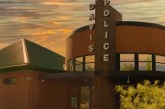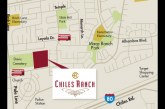

Why Lock-Out Our Trees?
The mature tree canopy in downtown Davis is an invaluable historic, environmental, and economic asset. It is a legacy we are fortunate to inherit and its future rests in our hands. Ideally, because of our informed stewardship the next generation will inherit a healthier and more extensive tree canopy resource.
The draft Davis Downtown Specific Plan (DDSP) allocates 25 pages of guidance to the design and placement of signage, but nothing to canopy conservation and the integration of new trees into downtown development. We do not believe that this omission reflects the level of value that our city officials, business leaders, and residents place on trees in our commercial area.
Tree Davis has submitted written comments that include these recommendations to bolster the inclusion of trees in the DDSP.
· Include our existing Tree Ordinance and related documents as baseline standards for tree planting, preservation and protection.
· Include existing lists of Landmark and Great Trees in the chapter on Existing Conditions. How can we ignore the presence and value of magnificent individual trees in the planning and development  process?
process?
· Include mapping of the existing tree canopy and a calculation of its aerial coverage. These data are readily available at no cost to the city. They provide an important baseline from which to detect future changes in canopy extent and health.
· Include urban trees in a section on Low Impact Development/Green Infrastructure Improvements. Trees intercept rainfall and reduce runoff, and provide a more pleasurable environment for pedestrians downtown.
· Include specifications on providing adequate growing space for trees in densely developed areas. Healthy trees will not prosper without ample space for roots to grow. Structural soils, silva cells, and other technologies can be used to create rooting space for trees without sacrificing space for sidewalks, plazas, patios and other largely impervious surfaces.
Protecting healthy trees during development and integrating new trees into downtown development is complex and requires use of the best science and materials at our disposal. By investing NOW in our trees, we will be providing future generations with a legacy that we will be proud to have passed on.
Tree Davis Executive Director and Board
Erin Donely Marineau (E.D.)
David B. Robinson
Don Shor
Patrick Van Horne
Diane Crumley
Emily Griswold
Olga Levitsky
Richard Dye II
Larry Guenther
Greg McPherson






The Natural Resources Commission provided comments on the Downtown Plan that highlighted shortcomings in addressing “green” infrastructure needs such as planting and maintaining trees. These were among a longer list of issues that led the NRC to call for a separate Sustainability Plan as part of the CEQA environmental review. Putting the Sustainability Plan a separate track would allow the Downtown Plan to advance while providing an opportunity to develop real enforceable measures towards sustainability and resilience.
That is the kind of thing many of us on DPAC were hoping for as well. It would be pretty frustrating to me if the Downtown Plan became only about the buildings. There is so much opportunity to be so much more.
“We do not believe that this omission reflects the level of value that our city officials, business leaders, and residents place on trees in our commercial area.”
Sadly, I disagree. By blocking peripheral development with Measure R and emphasizing infill and densification the loss of canopy and other green spaces becomes inevitable. Of course we should do all we can to mitigate the potential losses but the fact remains that densification, by definition, means the loss of green spaces.
What could possibly be wrong with cramming tons of people in small spaces in 2020?
The current population of Yolo County is estimated to be about 221,000.
The current population of Hong Kong is about 7.5 million.
There’s no need to reference stats on density, right?
As of now there have been 12 deaths due to COVID-19 in Yolo County… and four in Hong Kong.
OK, sure… the population of NYC is about 8.4 million with about 11,000 deaths.
Densification –
– is not by definition a
as you describe. There are clearly more important factors.
“honest question”, as ‘they’ say, TE,
What did Hong Kong do right?
Please don’t take this any further off topic.
Clearly the majority use of space in Downtown aside from buildings, streets and street parking is parking lots. Islands of asphalt, retaining heat, sending sometimes polluted water straight into the sewers when it rains. Street parking itself is also considerable.
Imagine if – rather than buildings – it was proposed to covert parking lots and street parking to green spaces. The free parking fundamentalists would, by definition, say that Central Park is enough, or that people are free to use other parks.
For Downtown, it makes the most sense to convert large square or rectangular parking lots to buildings of 3 to 7-stories and perhaps adding courtyards with trees in some – and the long linear spaces between the movement part of streets and trees at curb’s edge to permeable green areas (bio-swales, drought-tolerant plants including bee habitat, etc). This would increase the health of adjacent trees, provide space for new trees in some cases, and help cool adjacent buildings and adjacent public areas such as sidewalk/storefront dining.
It isn’t necessary to redesign the urban environment in order to have a successful and healthy canopy of trees downtown. We have a long history in this country of urban tree planting, with plenty of evidence for what works and how to avoid mistakes that have been made in the past.
Some key principles are:
· Select species adapted to the stresses of being surrounded by roads, sidewalks, and buildings.
· Focus on varieties that have growth habits that minimize conflicts with urban uses; this mainly means planting upright growing (fastigiate) species and varieties.
· Make sure there is species diversity in order to protect against the impact of species-specific or family-specific pests. Don’t single out use of native tree species, or plant too heavily from popular non-native species. Diversify the portfolio.
· Mandate tree plantings and canopy goals in new developments and redevelopments. But this needs to go one step further: policies need to focus on outcomes. It’s not enough to tell developers that they need to plant a certain number of species and show how they’ll achieve the canopy goals (e.g., 50% shading of parking areas within ten years, a current goal). It needs followup. Our parking lots and open areas are insufficiently shaded, despite having mandated the plantings.
· Continually assess the aging trees and plan for their replacement. This goes for our parks as well as the downtown. It’s common to see a cohort of trees that were installed early in the development of a neighborhood or park system, and experts can point to aging trees that are reaching the ends of their natural lives.
· Collaborate with non-profit organizations such as TREE Davis to get plantings and re-plantings done on public and private lands. An area of special focus should be the parking lots all over town.
A successful urban forest program for a downtown area will address the whole life of the tree, not just the planting process. Street tree programs are generally underfunded. There may be creative solutions to that problem, but the tendency to take trees for granted regardless of their age and species is common.
Tree management and succession needs to be written into any planning document that governs the development or redevelopment of every part of town.
I am a member of the board of TREE Davis, but the views expressed here are my own.